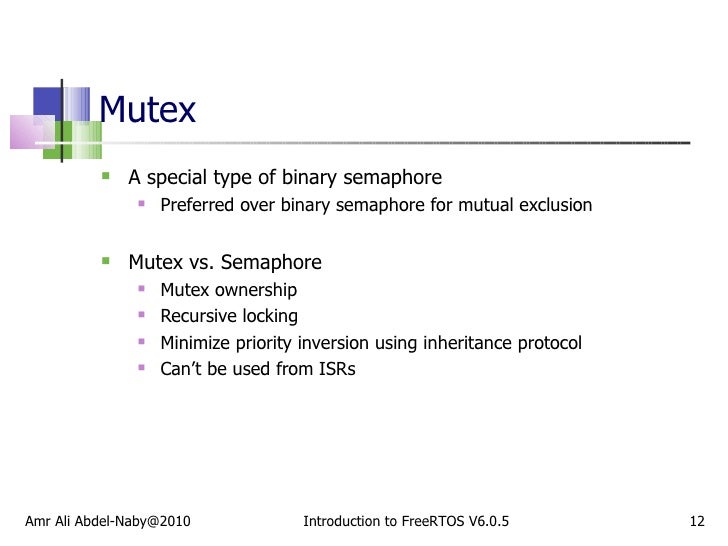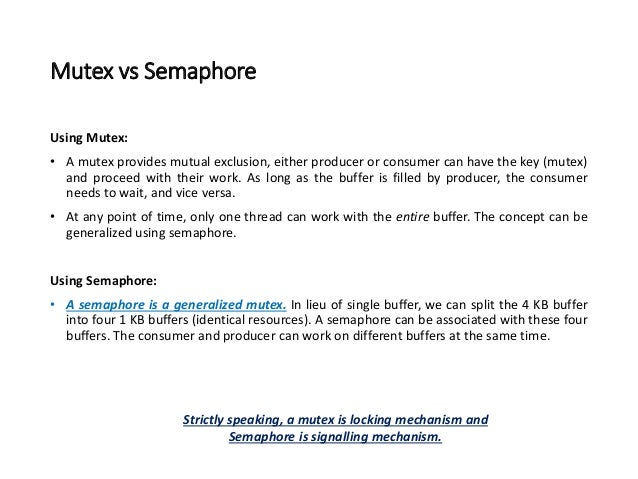

So it means we should take some precaution while working in a multi-threaded environment atleast those lines of code where we feel code can behave abnormally. If these types of errors occurs in a multi-thread environment that means thread is not thread safe. For example : Let's say if we run a divide function with random numbers in a multi-threaded environment since it is running in a multi-threaded environment there could be possibility that two threads are executing divide calculation same time using random numbers can create system.dividebyzeroexception error. If an object behaves abnormally in a multi-threaded environment then that thread is not thread safe. For more information threading click here and for thread pooling see here.īefore we talk about mutex, semaphore, monitor and semaphoreslim and their differences let's understand what is thread safety. Before reading this article I strongly suggest you to read our previous c-sharp articles on threading and types of threading and thread pooling.
#Duffrence between semaphor and mutex how to#
A mutex ensures that only one thread can access the resource at a time, while a semaphore allows multiple threads to access the resource but restricts the number of concurrent operations.Hello Friends.! In this article document we will understand how to work on multi-thread environment using mutex, semaphore, monitor and semaphoreslim. However, they differ in how they achieve this goal. Mutex and semaphores are both synchronization primitives that allow multiple threads to access a shared resource without causing data corruption. Mutexes and Semaphores serve different purposes, but they are both important in multi-threaded programming. If there are no available resources, then the thread will be blocked until another thread releases a resource back to the semaphore. When a thread wants to use one of these resources, it must first acquire a semaphore. A semaphore is an object that maintains a counter which indicates the number of resources currently available. In this way, Mutex solves the problem of multiple threads using the same resource at the same time. The second thread then waits until it can acquire the lock. When a second thread tries to enter the critical section, it finds the mutex is locked by the first thread. A mutex object only allows one thread into a controlled section, forcing other threads which attempt to gain access to that section to wait until the first thread has exited from that section.

Mutexes are usually used to serialize access to a resource. Mutex is a shorter name for Mutual Exclusion Object. Mutex and Semaphore are two types of objects that are used for synchronization between threads. Semaphores are an important tool for managing access to shared resources in a concurrent system. Semaphores can be implemented in a variety of ways, including using atomic operations, spin locks, and lock-free data structures. Semaphores are commonly used in systems with multiple processors to ensure that thread execution order is maintained and that critical sections are executed atomically. Semaphores can also be used to limit the number of threads that can execute a particular section of code at any given time. Semaphores can be used to implement policies for managing access to finite resources such as shared memory, network sockets, or disk files.

If the counter is equal to zero, then the resource is unavailable. If the counter is greater than zero, then the resource is available. A semaphore maintains an internal counter that is incremented each time the semaphore is acquired and decremented each time it is released. A semaphore is a synchronization mechanism for enforcing limits on access to a resource.


 0 kommentar(er)
0 kommentar(er)
